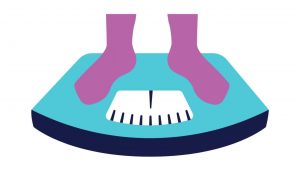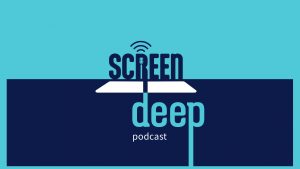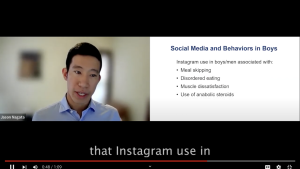
Experts agree that using social media can contribute to body dissatisfaction during childhood and adolescence. But does this mean that all children who use social media are at a high risk for developing an eating disorder?
For some kids, social media may be the trigger that pushes them towards an eating disorder. For other kids, however, social media may have less of an effect on how they think about their bodies. This is because each child is unique with different personal factors and experiences. Unfortunately, the existing algorithms have a tendency to amplify (or even distort) a teen’s interest. A search for a healthy diet can quickly lead to pro-eating disorder websites, links, reels, and influencers.
Body Image vs. Eating Disorder
Social media use during childhood has been linked to poor body image. Body image is a concept that describes how a person thinks and feels about their body. It is not uncommon for youth to have poor body image. This means that their perceptions of their bodies are often negative, leading to body dissatisfaction. Many factors can contribute to body dissatisfaction, including social media use.
Feeling dissatisfied with one’s body can push kids to engage in poor health behaviors, including disordered eating. Disordered eating means eating in a way that doesn’t help your body function at its best. Common examples may include extreme restrictive eating or patterns of overeating followed by restriction or purging. Kids who have disordered eating may engage in other poor health behaviors as well, such as excessive exercise. When these behaviors begin interfering with a child’s quality of life, it is considered an eating disorder.
It is important to note that not everyone with poor body image will engage in disordered eating. Likewise, not everyone who uses social media will develop poor body image or an eating disorder.
What Causes an Eating Disorder?
There is no single cause for an eating disorder, but rather many different causes. To understand these different causes, clinicians take a biopsychosocial approach. This means they consider how biological, psychological, and social factors work together to make children vulnerable to eating disorders.
Certain biological and psychological factors put kids at increased risk for developing an eating disorder. For example, pre-adolescent and adolescent girls are at the greatest risk for developing these disorders. Youth who are genetically predisposed to anxiety, obsessive and compulsive tendencies, and perfectionism are also at an increased risk for developing an eating disorder.
The environment plays a role in eating disorder development, as well. For example, social comparison with peers can put youth at increased risk for developing an eating disorder. Social media enhances this risk by creating more opportunities for social comparisons to occur. These social comparisons alone, however, will not cause an eating disorder, but they can trigger the development of these illnesses in vulnerable children.
Enhancing Body Image and Preventing Eating Disorders
There are a few steps caregivers can take to reduce the chances vulnerable kids will develop eating disorders. First, when introducing kids to digital technology, encourage them to think critically about what they see and hear. For example, discuss with them why a certain diet plan they saw on TikTok might be unhealthy. Another precaution caregivers can take is to have trustworthy older peers as role models for their kids. These peers can help younger kids develop healthy body esteem and good technology hygiene. Finally, outside of the online world, caregivers should help children develop a strong sense of identity that is independent of their physical appearance.
While social media is just one factor in eating disorder development, these precautions can reduce the likelihood that vulnerable kids who use digital media will develop these illnesses.
Exposure to social media may lead to unattainable body ideals in images that children are exposed to, and particularly social comparisons between photos and videos of other teens or young people.











